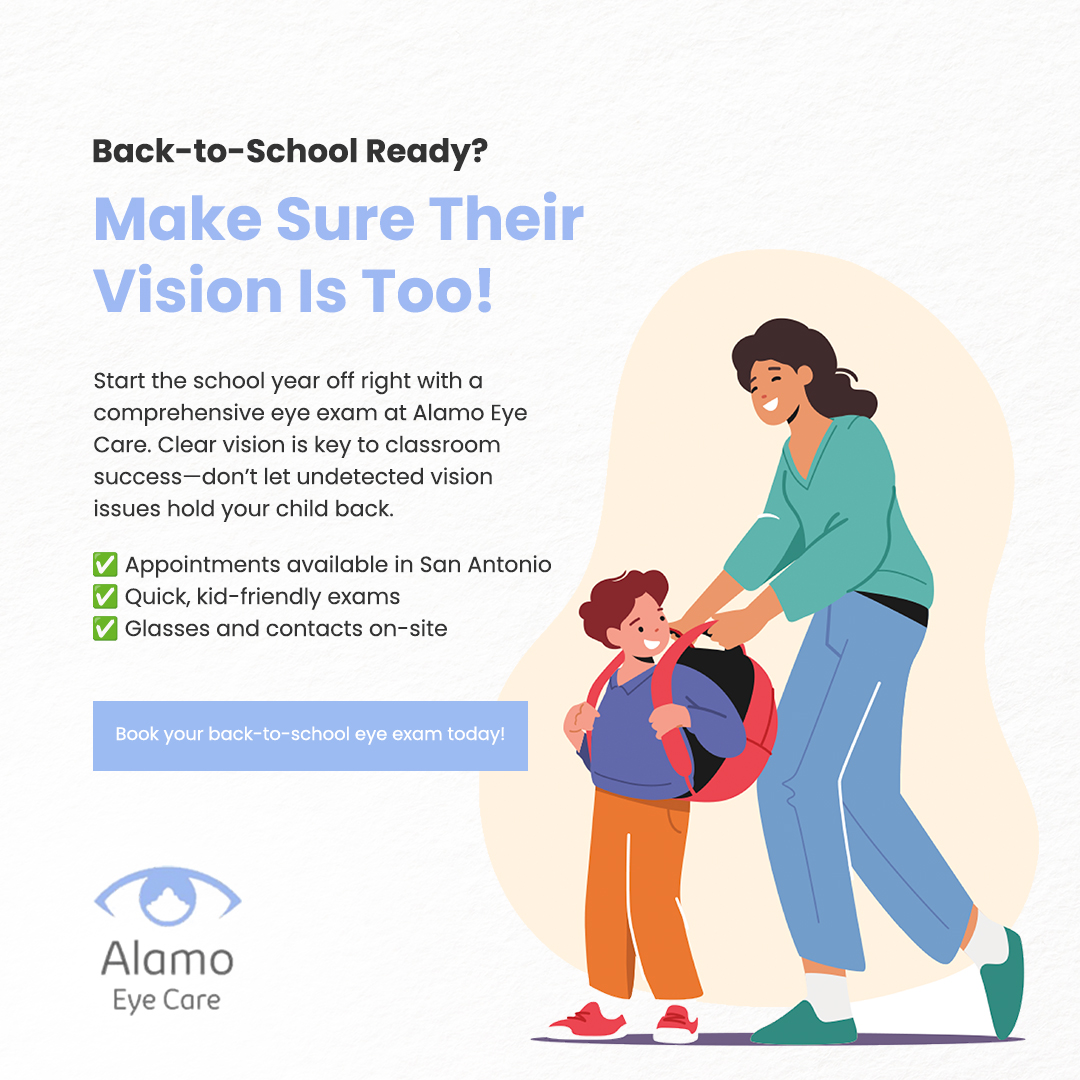
Your eye consists of several structures that work together to provide you with vision. One of these structures is the cornea, a clear curved window at the front of the eye that lets light in and helps refract it.
A normal cornea will have a smooth and regular curve. Once it loses this shape, you can expect several conditions. For one, the cornea may thin out and bulge outwards, causing the progressive condition called keratoconus.
What Causes Keratoconus?
Doctors are unsure what causes this condition, but there are theories based on various observations. One of the leading theories is that keratoconus is genetic because one out of 10 patients with keratoconus has a parent who also has it. Connective disorders like Ehlers-Danlos and Marfan syndrome have also been associated with the condition. It has a link to excessive and persistent eye rubbing and some eye allergies.
The Development of the Condition
Keratoconus develops in the late teens and early twenties and worsens over the next 10 to 20 years. Initially, your vision will be correctable using corrective eyewear like glasses or contact lenses.
This becomes a problem as keratoconus progresses differently for each eye. This translates to different symptoms for each eye.
The progression of the condition from early to later stages is usually slow for most people. But it can happen very fast for other people, sometimes leading to corneal scarring due to rapid swelling. The scarring leads to uneven scar tissue formation, often resulting in poor-quality vision.
What Are the Symptoms?
In the early stages, these are the symptoms you are likely to experience:
Distortion of vision, with straight lines appearing wavy or bent
The mild blurring of vision
Eye swelling or redness
Increased light and glare sensitivity
In the later stages, you may notice the following:
Vision is much blurrier
Need for newer eyewear prescriptions as your eye's myopia or astigmatism increases
Your contact lenses become harder and more uncomfortable to wear
Diagnosis of Keratoconus
Keratoconus diagnosis is through a routine comprehensive eye exam when the eye doctor examines your cornea. If they notice something unusual, they will measure its curvature to check for any shape changes.
They will perform a corneal surface map using a computer if this yields odd results. The computer provides a detailed image of the condition of the cornea's surface and will usually reveal the reason for the odd results.
Treatment Options for Keratoconus
Intacs®
Intacs® are small curved devices the eye doctor may insert into your cornea through surgery. They help keep the cornea flat and prevent the condition's progression.
Collagen Cross-linking
This is a much less invasive procedure where the eye doctor uses a unique UV light with eye drops to alter the cornea. The treatment strengthens the corneal tissues, making them stiffer and less susceptible to bulging.
Corneal Transplanting
Eye doctors usually recommend a corneal transplant as a last resort when all other treatment options have failed. They usually replace most or all your corneal tissue with that from a donor.
For more on keratoconus, visit Alamo Eye Care in San Antonio or Austin, Texas. Call or text (210) 403-9050 to book an appointment today.








